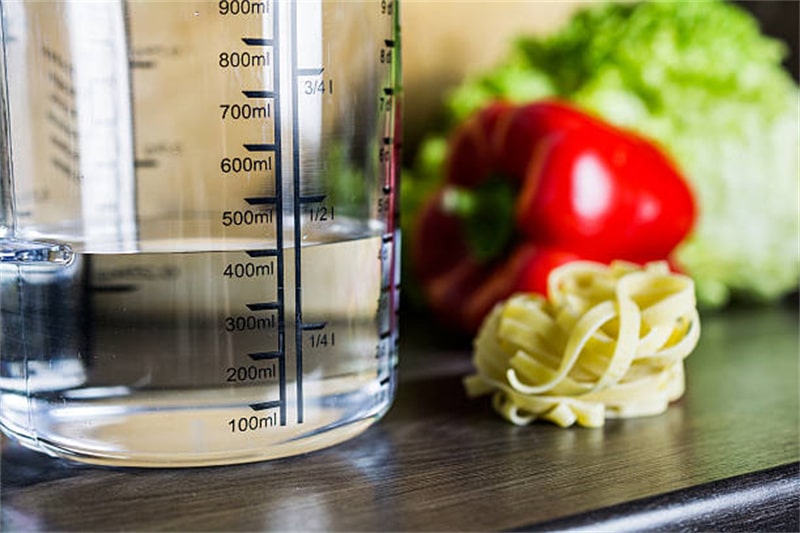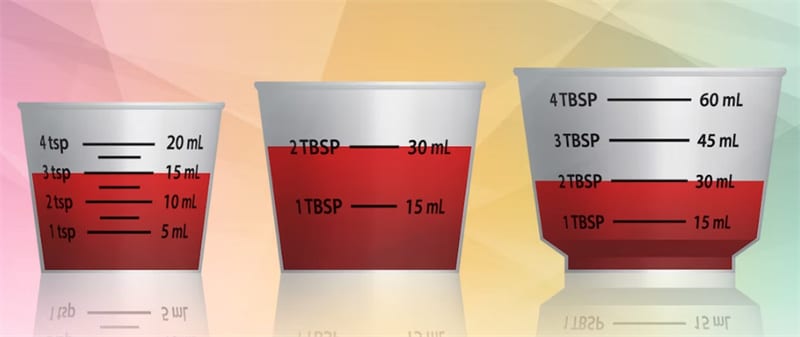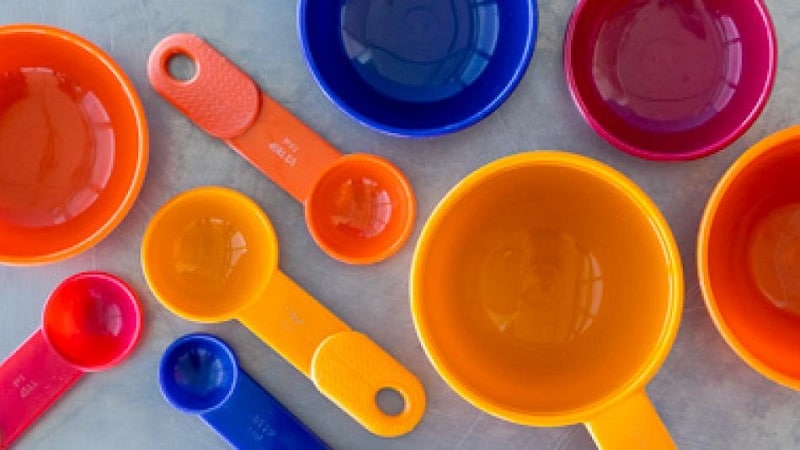Learn succinct explanations of measured quantities and authorized tactics for transforming ml to cups accurately.
What is Milliliter?
Milliliter is a unit of measure for importance widely employed in the metric method. It represents one-thousandth of a liter and is an opportunely and exact extent for small volumes of fluids and answers.
The application of ml is general across different areas. In medicine, they are operated for dosing drugs and fluid rehearsals. In cooking creations, ml aid in accurately calculating components for recipes. In chemical and biological research, milliliters enable careful investigation and conclusion.

Metric prefixes conveniently transform ml into volume units, such as l, gallons, or ounces. For illustration, 1000 milliliters are equal to 1 liter. The USA volume technique also uses ml, particularly in scientific and medical contexts, but it primarily relies on ounces and cubic inches.
Using milliliters allows for precise results and eases working with small volumes. They are vital in diverse initiatives and standard jobs, delivering a dependable and consistent approach to volume dimensions.
Few words about cups
Cup measure is widely used for quantifying volume, especially in the culinary earth. A cup means a standardized power unit, creating it straightforward for culinarians and bakers to track formulae and achieve uniform effects.
Cup heights can also be divided into bits, such as 1/2 cup or 1/4 cup, qualifying for even ingredient portioning. This class of detail authorizes chefs to adapt formulae to their taste selections or serving scopes.
Though the cup measure is numerous in general in the USA, it is worth noting that other governments may operate other techniques. Some areas rely primarily on ml or l, while others prefer gr and kg for more accurate proportions.
In ending, the cup size method delivers a functional and widely embraced strategy for calculating volume in the culinary world. Its comfort, adaptability, and texture make it a unique tool for culinarians and bakers, providing delectable effects with every dish they construct.
How to convert ml to cups

There are some variants to convert these two measures simply:
- To successfully convert milliliters to cups, you need to know one key fact: How many ml in a cup? One usual cup is roughly equivalent to 240 ml. You can use the instructions for more detailed modifications: 1 cup = 236.59 ml. This value can be rounded to 237 ml for clarity in analyses. So you will be able to convert any number of ml to cups, for example 500 ml to cups and others.
- Using Standard Measurements: Another convenient method is recognizing standard sizes. For the sample, a half-cup is around 118 ml, and a quarter-cup is roughly 59 ml. You can utilize these models to modify ml in a cup quickly and efficiently.
- Online Transformation Instruments: Online conversion tools are readily available in today’s digital age. You can operate websites or mobile apps to input the number of ml and acquire an instant transformation to cups.
- Transformation Graphs: Many cookery references equip transformation charts detailing common milliliters and cup measures. These charts are practical for fast look-ups and allow you to cross-reference various measurements smoothly. You can find how many milliliters in a cup for example and more.
By combining these various methods, you can confidently transform ml to cups and overpower the art of seamless metric-to-imperial measures in the kitchen. Understanding how to transform ml into cups extends a world of seamless transmission and precise sizes in cooking, baking, and other practical applications.
